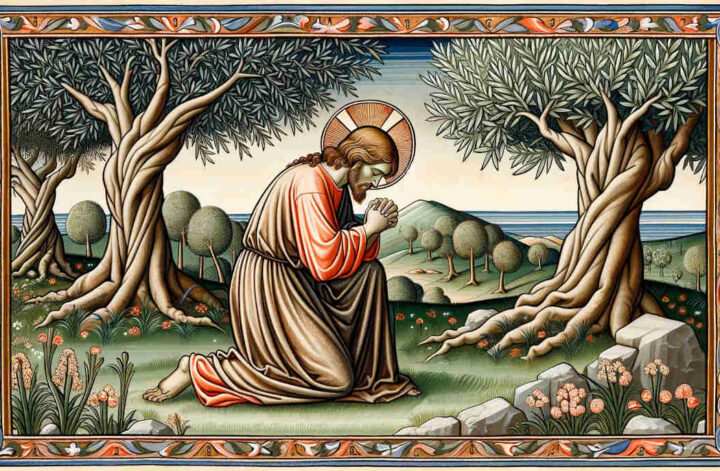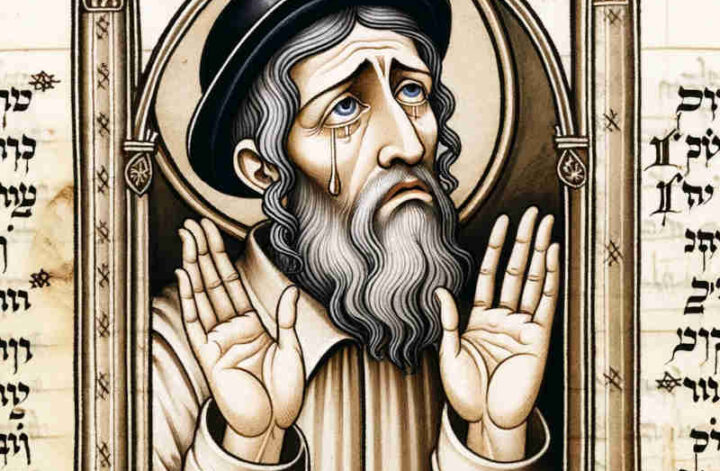Question on Tithing Within Judaism
Email from Alex Bernstein: “Dear Rabbi Joshua, I’m familiar with the concept of tithing in Christianity. Does a similar practice exist in Judaism where members give a portion of their income?”
Response from Rabbi Joshua
Shalom Alex, your question regarding tithing touches on important aspects of charity and communal responsibility in Judaism. Let’s explore this practice.
Historical Tithing in Judaism
Historically, the Torah mandates several types of tithes. One of these is “Ma’aser Rishon,” where a tenth of one’s produce was given to the Levites, who served in the Temple and had no land of their own. Another, “Ma’aser Sheni,” involved setting aside a second tithe to be eaten in Jerusalem or converted to money used for food there during pilgrimage festivals. Every third and sixth year of the seven-year agricultural cycle, this second tithe was instead given as “Ma’aser Ani,” a tithe for the poor.
Modern Practice of Tzedakah
In contemporary Jewish practice, the concept of tithing is most closely associated with “Tzedakah,” which is often translated as charity but is more accurately understood as righteousness or justice. Tzedakah is a fundamental Jewish practice and is considered an obligation rather than a voluntary contribution. While there is no fixed percentage, the tradition encourages giving approximately ten to twenty percent of one’s income to charitable causes.
Tzedakah and Communal Responsibility
Tzedakah goes beyond mere giving; it is about fulfilling one’s ethical duty to assist those in need and to contribute to the well-being of the community. This can take many forms, including giving money to the poor, supporting educational institutions, or contributing to social welfare projects.
Varying Practices
Practices around tithing and Tzedakah can vary among different Jewish communities. Some may adhere closely to the tradition of giving a tenth, while others may focus on the spirit of the law, giving as they are able and according to the need they perceive.
Conclusion
Alex, tithing in its traditional form as described in the Torah is not commonly practiced in the same way today. However, the principles underlying the practice — supporting religious functions, helping the poor, and strengthening the community — continue through the practice of Tzedakah.
If you have more questions or are interested in the various ways Jews fulfill the commandment of Tzedakah, please feel free to reach out.
Kind regards,
Rabbi Joshua


